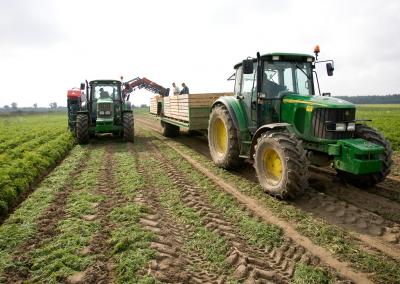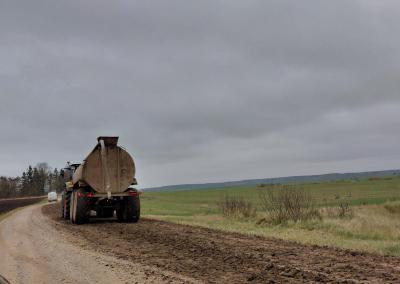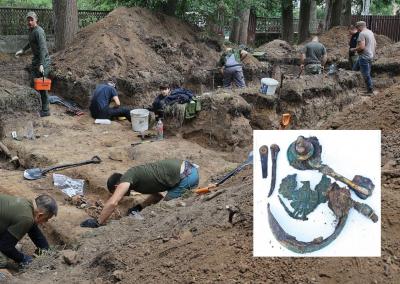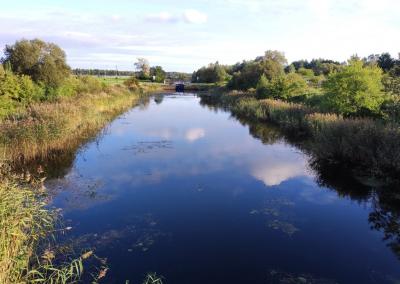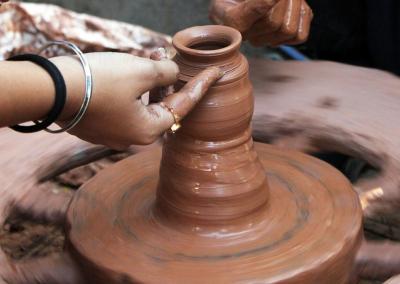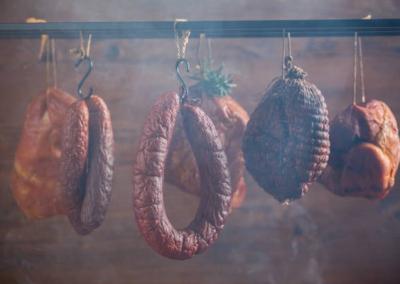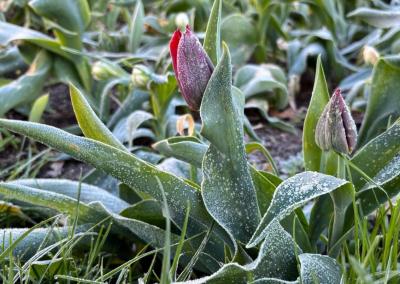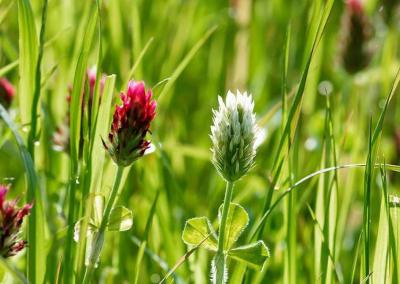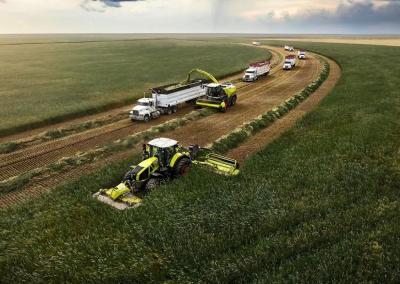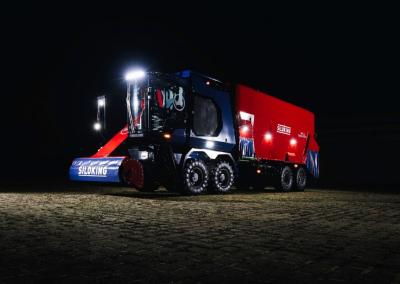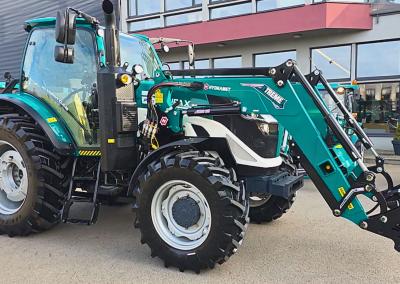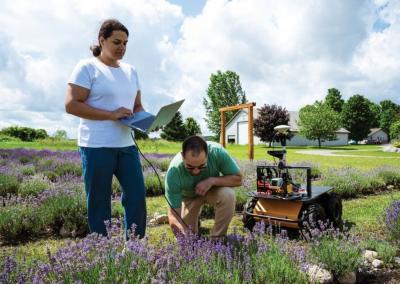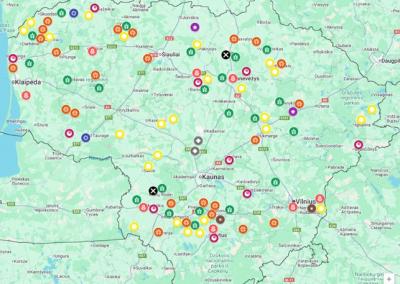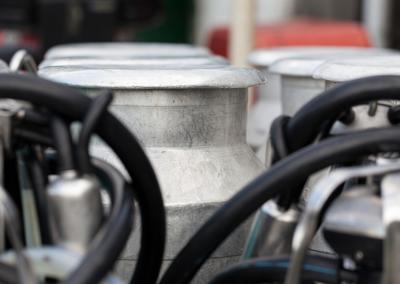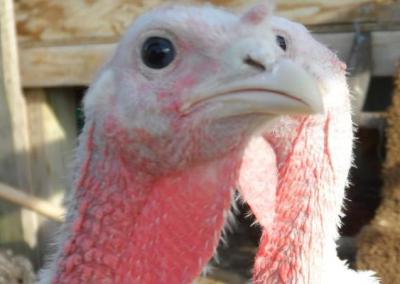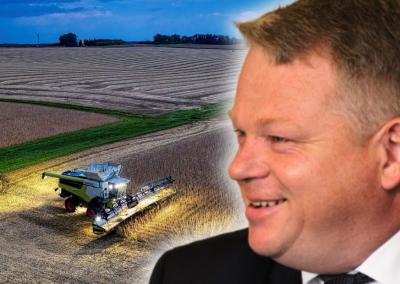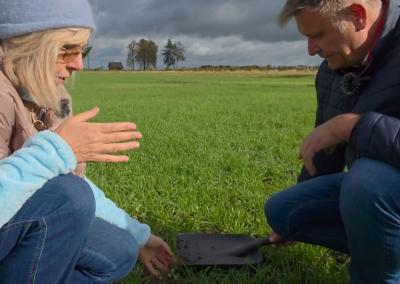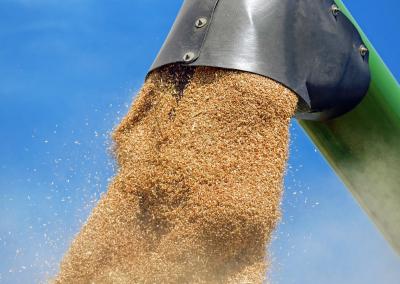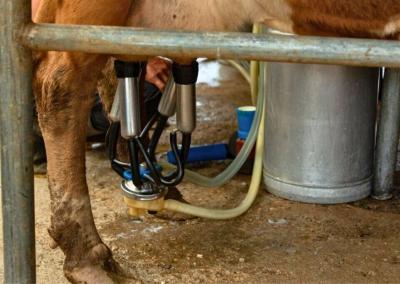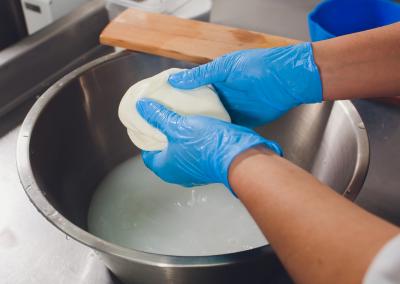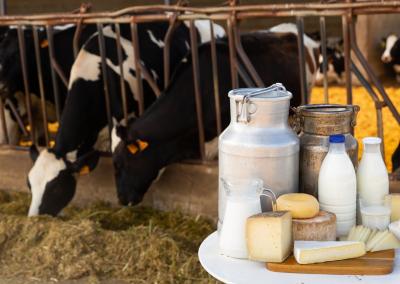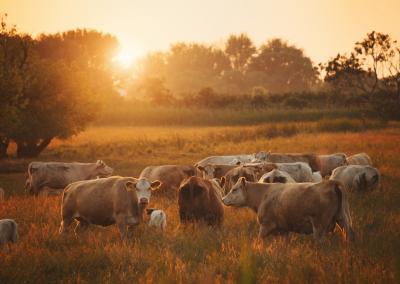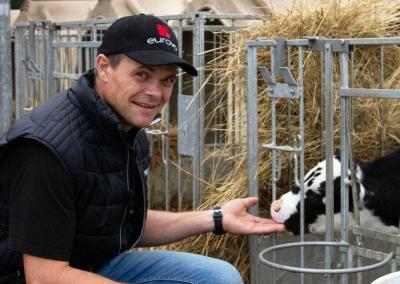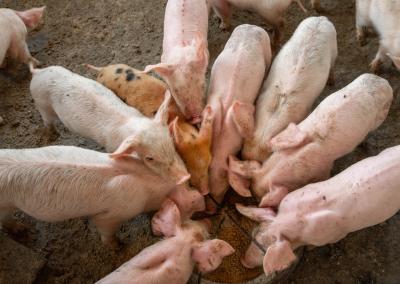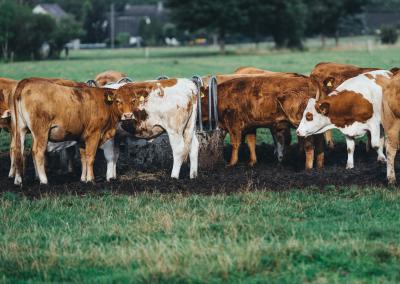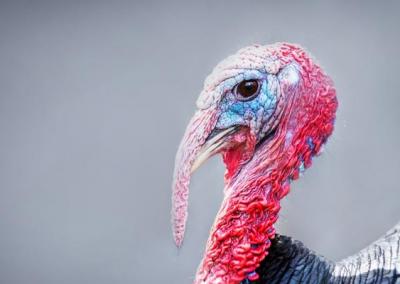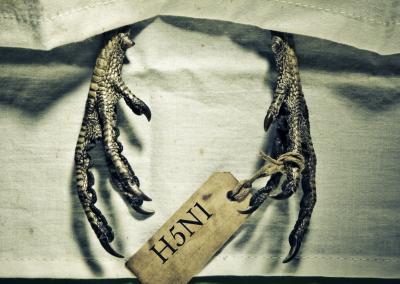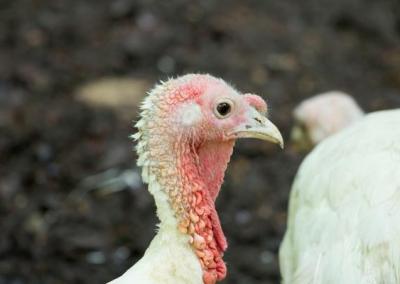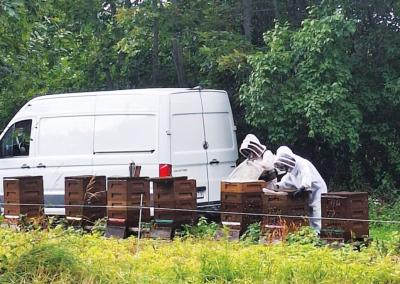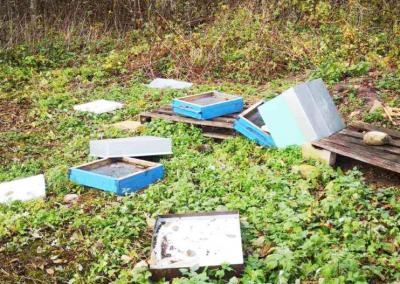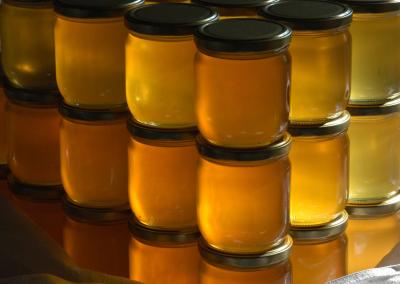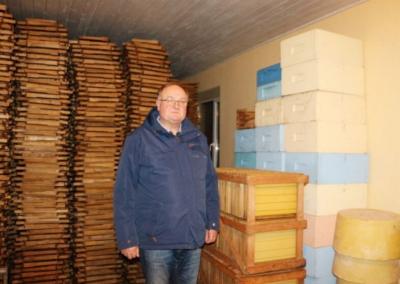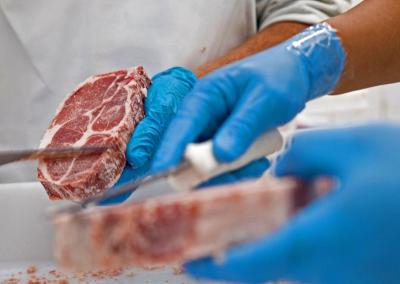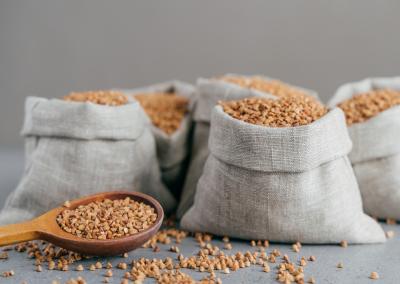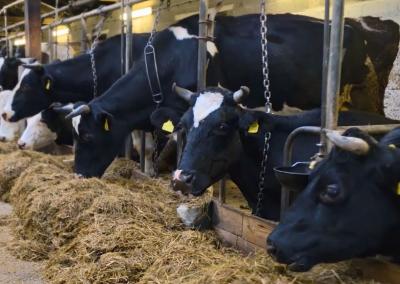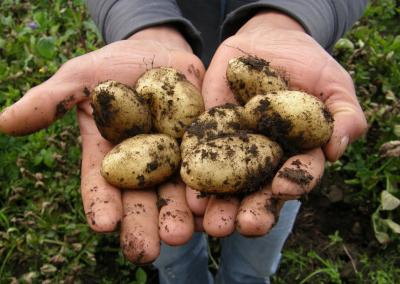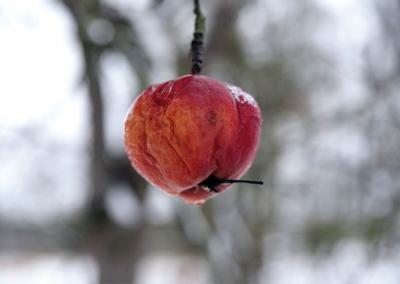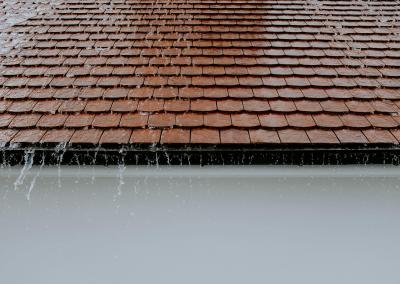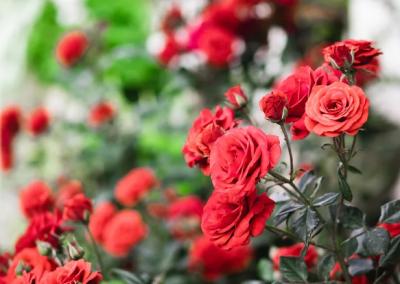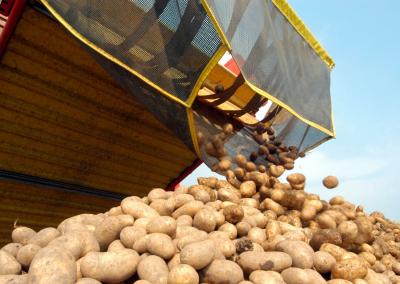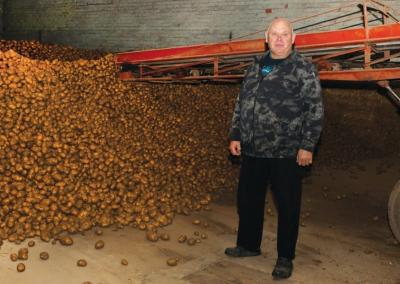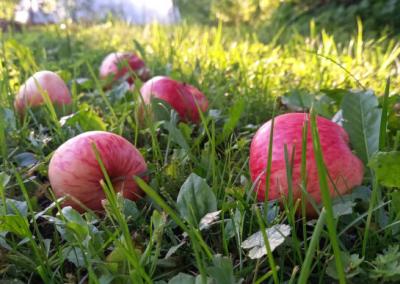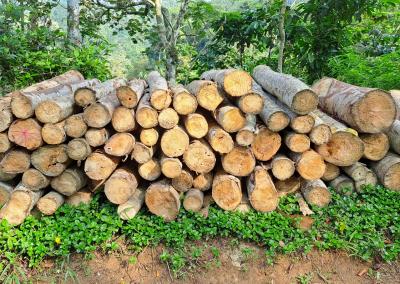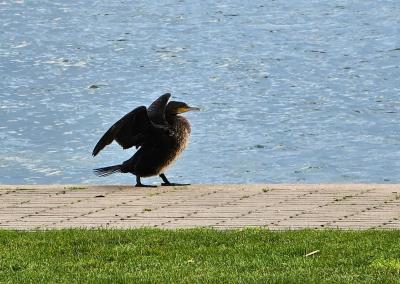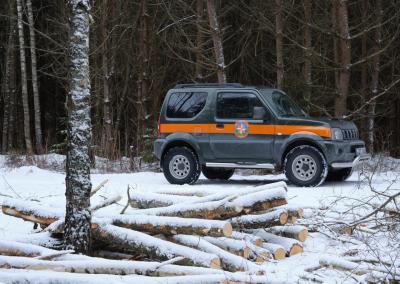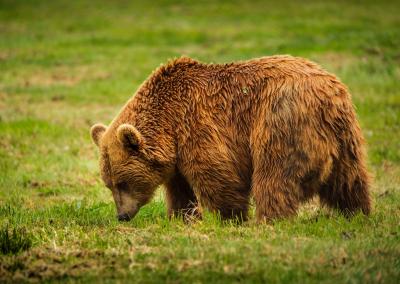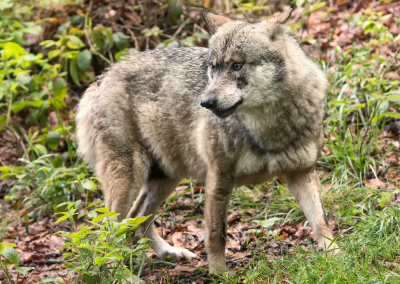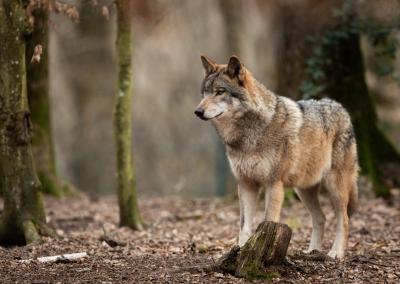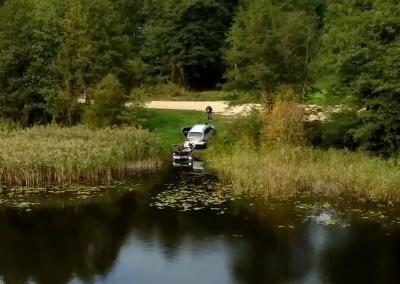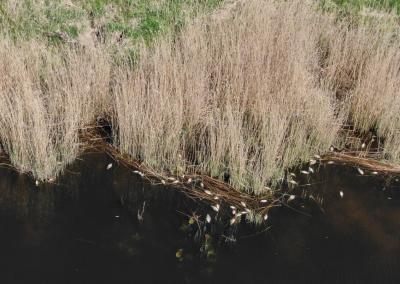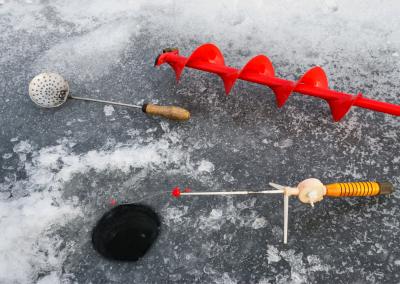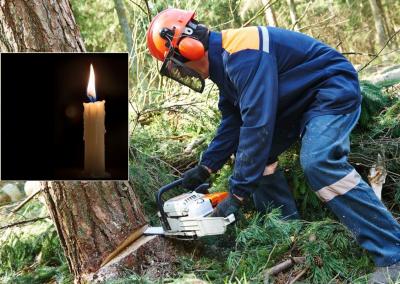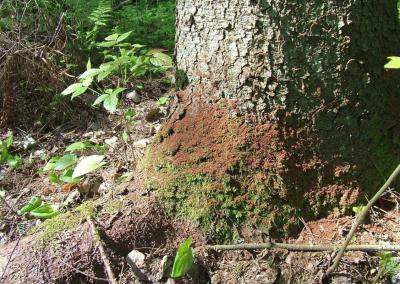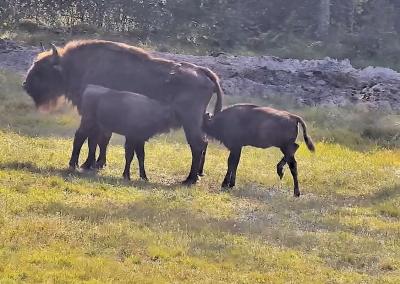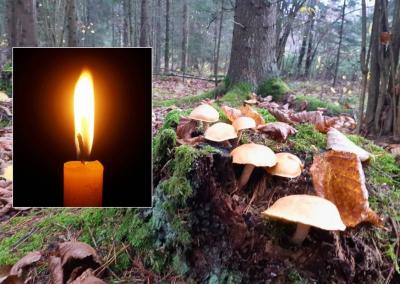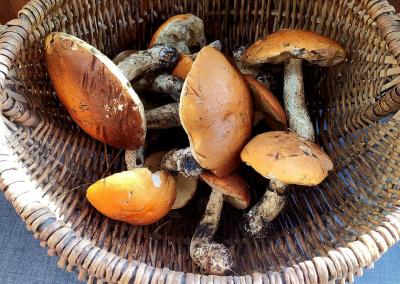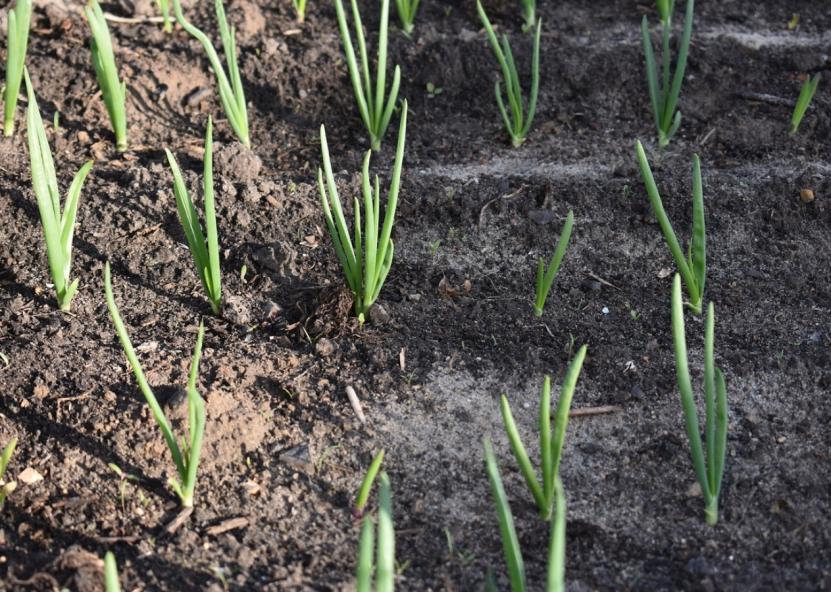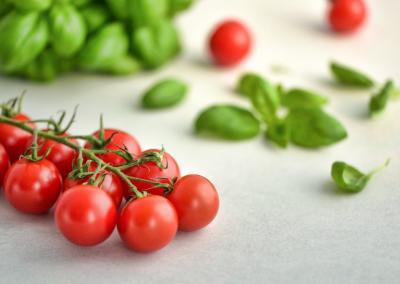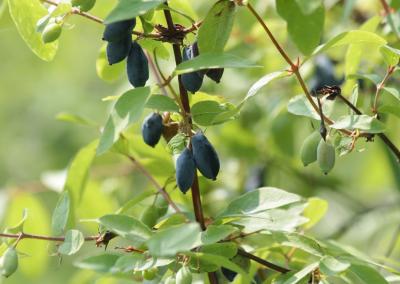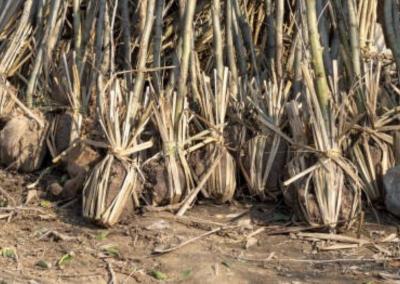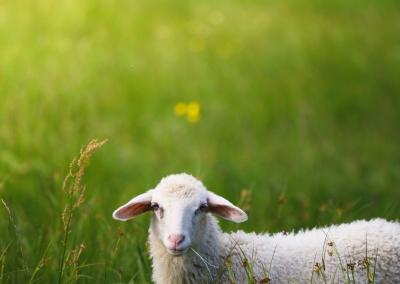Growing winter onions
Growing winter onions has many advantages. Firstly, it allows you to harvest the leaves a few weeks earlier in spring and the turnips in summer. Secondly, winter onion crops are less likely to be damaged by the onion fly. Thirdly, planting onions in the cold season with small seedlings (which risk drying out if left unplanted until spring) will produce full-fledged onion caterpillars.
When to plant winter onionsWinter onions should be planted no earlier than October. Some growers say the optimum time is late October to November, a couple of weeks before the ground freezes. Others plant successfully in December as long as the ground is not frozen, there is no layer of snow and there is no severe frost. In this case, the onions will not shrivel up before a hard frost, provided that they are planted a little more densely than in the spring, and that they are planted dry and parched.
Where better to plant winter onionsIt is best to choose a level, well-lit and frost-free place. Onions should only be planted in loose soil – dense or clay soil is not suitable. Onions like light and wind-accessible areas and hate stagnant water.
Beds that have previously grown tomatoes, cucumbers, cucumbers, peas, peas, beans, peppers, early cabbages, any cereals, beetroot, radishes, mustard, rapeseed, lettuce are suitable. Onions should not be planted after potatoes, alfalfa or red clover, as this can damage nematodes. But you can only plant onions after onions once, because the third year you won't get a good crop there.
Preparing the soil for planting winter onions
At the time of digging, add 5-6 kg of humus, 10 g of potassium sulphate and 20 g of superphosphate to each 1 sq m of soil. The onion fly does not like to lay its eggs in loose soil. Before planting, sprinkle wood ash (10 g/1 sq m) on the soil. After these treatments, shake the bed, level and compact the soil.
Form planting furrows in the soil 20-25 cm apart, about 5-6 cm deep. Sprinkle tree ash or a mixture of ash and tobacco dust over them and then mix the fertiliser with the soil. This will help to protect the onions from pests in the soil. There is no need to water the bulbs – the soil is sufficiently moist at this time.
If you will be sowing in frozen ground, it is advisable to prepare in advance a dry, light soil mixture to be used for the planting furrows. This can be simple fertile garden soil, compost or a mixture of peat, vermicompost and sand taken in equal parts.
Preparing winter onion seedlings
First, remove any onion seedlings that are diseased, rotten, have a soft underside (from which the roots must grow), shrivelled and mechanically damaged. Sort the selected quality seedlings by size:
• up to 1 cm in diameter - for growing turnips,
• 1-3 cm in diameter – for turnips,
• larger than 3 cm diameter – for early leaves.
If you are not sure about the health of the seedlings, it is advisable to disinfect them before planting. To do this, dip the onion seedlings in a solution of copper sulphate (30 g/1 bucket of water) for half an hour and then dry them in a warm room for 24 hours. Alternatively, soak the onion seedlings in a pink solution of potassium permanganate for 15 to 20 minutes, dry thoroughly before planting.
Planting winter onionsPlace the dry onion seedlings in the furrow in a vertical position, leaving 5-7 cm between them. Do not press the seedlings into the soil with all your strength to avoid damaging the underside. Make sure that the distance from the top of the seedling to the ground is approximately 3–4 cm. The smallest seedlings can be planted more densely, at a spacing of 3-5 cm, as only the most vigorous ones will germinate after the winter due to natural selection.
Carefully cover the bulbs with fertile soil, but do not water them – the soil has sufficient moisture in late autumn. When frosts start, mulch the seedlings with dry leaves, spruce or pine needles and cover the mulch with branches to prevent wind drift. If you have snowy winters in your area, you can dispense with the additional cover of agri-film.It is also important to know how deep to plant winter onions in the cold season. Seedlings planted too deeply will take longer to germinate in spring before the soil warms up. And if planted too close to the surface, they may freeze or waterlog. Therefore, the optimum planting depth for seedlings is 5 cm. For leaf onions, however, seeds and seedlings should be sown at a depth of 2–2.5 cm, with a spacing of 2–3 cm in the planting row.
Care for winter onionsWatering Winter onions need to be watered in the spring, when the ground has dried out after the snow has melted and the rain has stopped. You will need to water your onions regularly. However, remember that stagnant moisture is detrimental to the yield of these vegetables. One watering a week will be sufficient: during this period, the soil only needs to be moistened to a depth of 10 to 15 cm (look at the tips of the leaves to see if they have begun to yellow).
During the period of flower formation, sufficient moisture is needed – at least 35 litres/1 square metre, but at the same time it is important not to over-wet the soil – so water according to the amount of rainfall. Later on, during the maturation of the onion bulbs, watering should be stopped until after the harvest: this will help the onion bulbs to grow better and to survive the winter in the cellar.
Fertilisation It is most effective to fertilise onions when excessive leaf growth is observed in spring. For fertilisation, dilute 1 part cow dung with 5 parts water. Immediately before use, dilute 1 litre of the prepared manure solution again with 10 litres of water and apply 2-3 litres/1 square metre to the beds.Thinning Once the onions have grown a little, thinning can begin. Traditionally, the weakest and smallest specimens are pulled out and can be eaten immediately. The remaining bulbs are given the opportunity to continue to grow fully, with more space, light, moisture and nutrients.
Growth. The onions should be weeded as soon as the first sprouts appear. The denser the soil, the more intensive the weeding, which is particularly important in wet soil, after watering or after rainfall.

